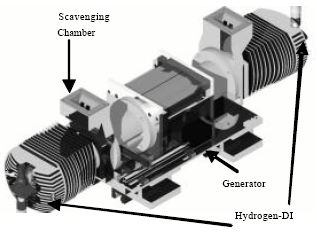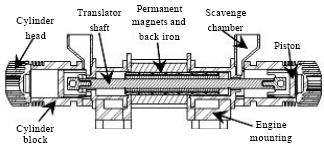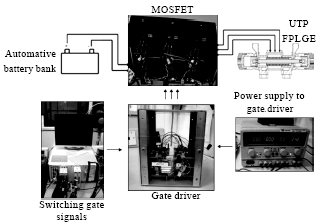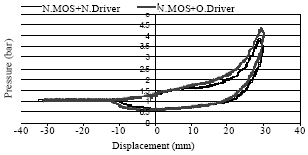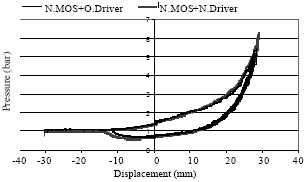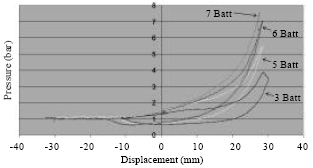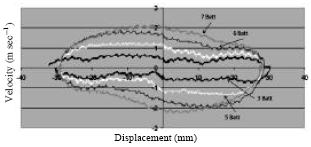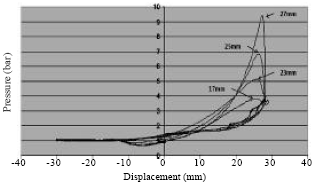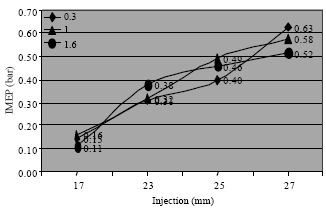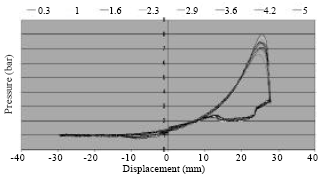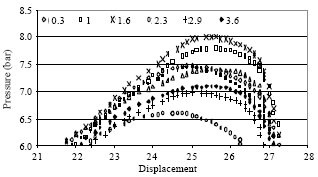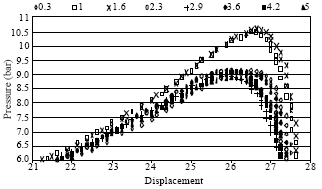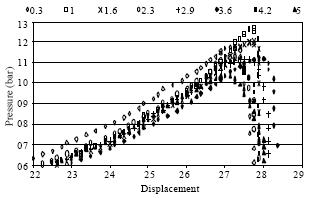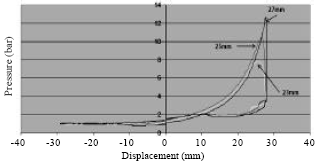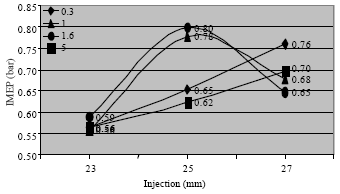Research Article
Investigation of Starting Behaviour of a Free-piston Linear Generator
Center for Automotive Research and Electric Mobility, Department of Mechanical Engineering, Universiti Teknologi PETRONAS, Bandar Seri Iskandar, 31750 Tronoh, Perak, Malaysia
Abdulwehab A. Ibrahim
Center for Automotive Research and Electric Mobility, Department of Mechanical Engineering, Universiti Teknologi PETRONAS, Bandar Seri Iskandar, 31750 Tronoh, Perak, Malaysia
A. Rashid A. Aziz
Center for Automotive Research and Electric Mobility, Department of Mechanical Engineering, Universiti Teknologi PETRONAS, Bandar Seri Iskandar, 31750 Tronoh, Perak, Malaysia
Saiful A. Zulkifli
Center for Automotive Research and Electric Mobility, Department of Mechanical Engineering, Universiti Teknologi PETRONAS, Bandar Seri Iskandar, 31750 Tronoh, Perak, Malaysia









